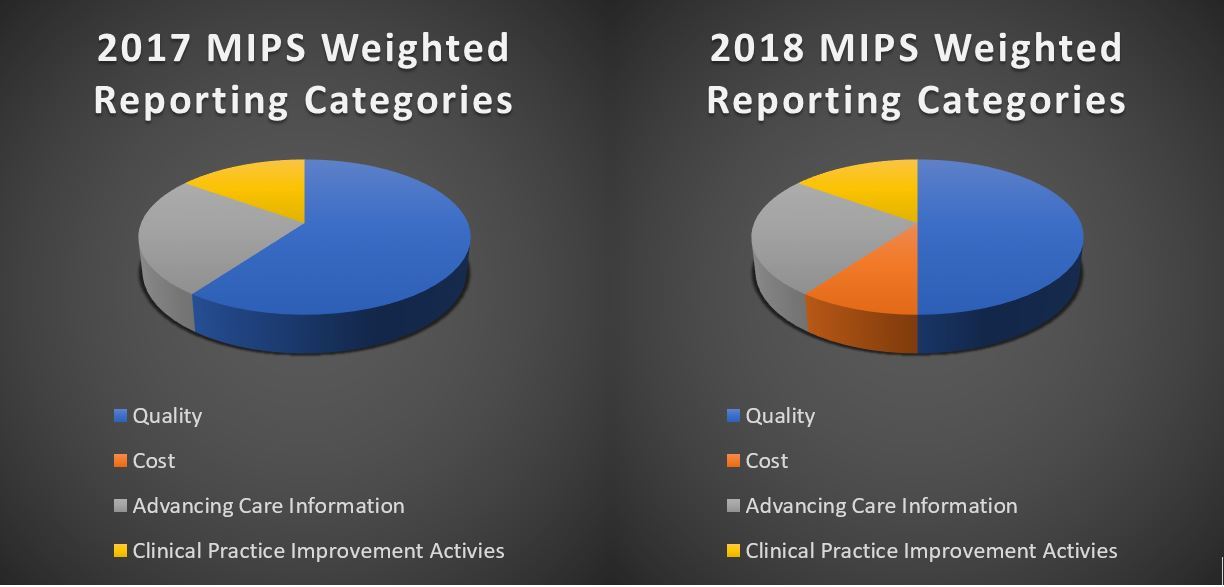The Centers for Medicare and Medicaid Services (CMS) just released the 2018 Quality Payment Program / MACRA Final Rule. This iteration is supposed to reduce burdens and provide flexibility. Yet, the documentation outlining the final rule is thousands of pages long.
According to an American Academy of Dermatology news alert, at least portions of the 2018 rule are positive for dermatologists. However, determining how an individual practice will be impacted isn’t black and white, since fee schedules will vary based on practice characteristics.
One notable change that may cause concern among dermatologists is centered around the MIPS reporting criteria. Both the quality and cost performance categories will now require a full year of data. The 2017 standards only required a 90-day reporting period. Further, in 2018, the weight of providers’ reported quality and cost data will change. Quality will drop to 50%, while cost will increase from 0 to 10%.
Easier Said than Done
An interesting element of the 2018 rule is that it allows small practices to band together to report their data as a group. These groups are not bound by geographic location or even specialty. Theoretically, a dermatologist in Delaware could partner with a urologist in Utah.
While this does offer providers the flexibility CMS touted, the reality of it working is questionable. The planning, implementation, and ongoing execution would have to be well coordinated and closely managed in a scenario such as this.
However, for groups that are part of a larger quality-driven network, this option could be highly beneficial. QualDerm offers affiliated practices access to an internal team of dedicated IT professionals who provide ongoing EHR support. This team also customizes our affiliate practices’ EHRs to suit the unique needs of a dermatology practice so that the reported data reflects the quality and costs data accurately. QualDerm-affiliated practices also have the benefit of working with operational teams at both the headquarters and regional levels who manage the necessary MACRA reporting requirements. Therefore, grouping these practices together for reporting purposes could be easily implemented and managed.
Change is Constant
The sheer volume of regulatory compliance issues is staggering. What’s more, many of these regulations remain in a state of perpetual change. Few dermatology practices have the luxury of a dedicated staff to decipher these constant changes and ensure the criteria is being met. Oftentimes, practices are forced to take the penalties simply because they don’t have the manpower or the money to get compliant with unfunded mandates.
QualDerm actively monitors regulatory compliance issues and ensures our affiliated practices are compliant. For example, QualDerm-affiliated practices were gathering the necessary data well in advance of MACRA going into effect. This put those practices on target to collect reimbursement bonuses and avoid penalties.
Learn more about how partnering with QualDerm can help your practice meet the numerous regulatory compliance requirements.
Contact us to find out more about partnership opportunities or to discuss selling your practice.
